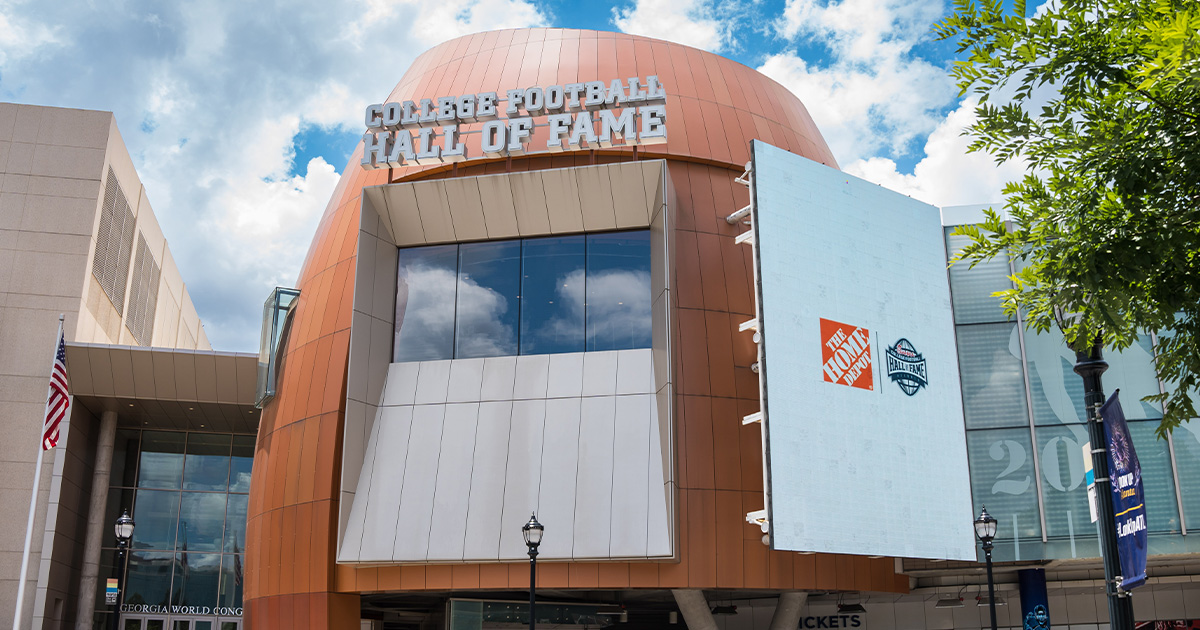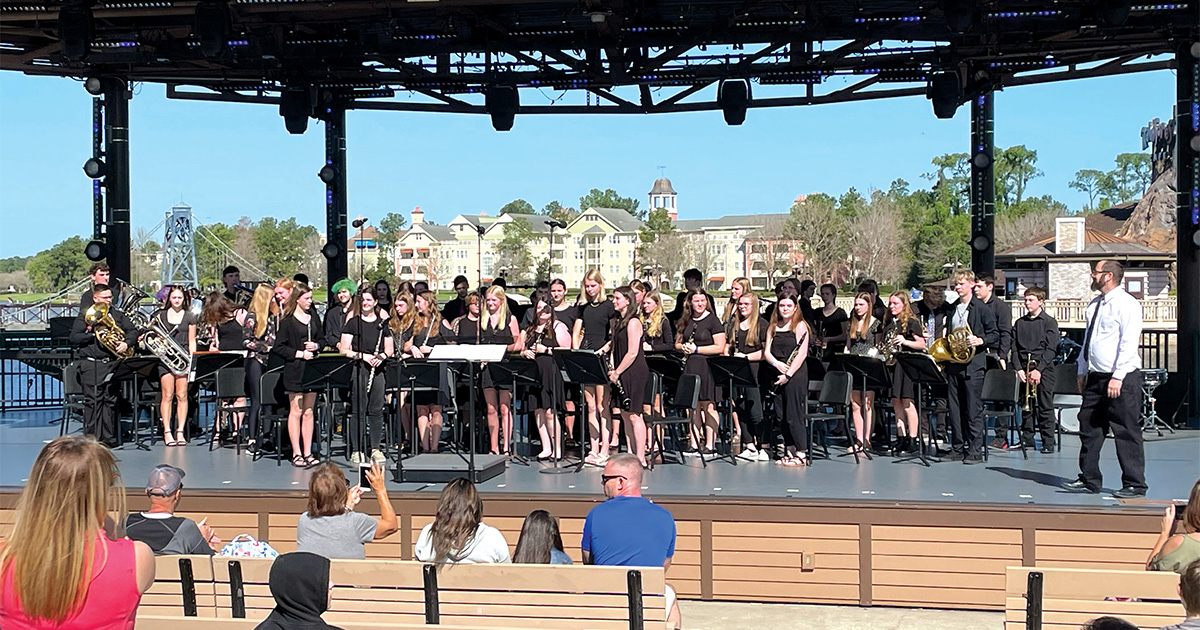Sail. Steam. Stealth. These three words summarize the U.S. Navy’s evolution, from its humble beginnings to a formidable naval power.
The greatest Navy that currently is might not have been if Congress had prevailed. Newly independent from Great Britain, the infant nation’s governing body did not see a need to have a Navy. What convinced them? The need for protection not only from swashbuckling pirates, but also from countries such as Great Britain and France, who ruled the high seas. Our replica of Schooner Diligence, the focal point of Independence Seaport Museum’s Patriots & Pirates exhibit, played a crucial role in the development of the Navy and is a prime example of the type of ship that was drafted into service in the 18th century.
Cruiser Olympia, the oldest floating steel warship in the world, represents the next phase of the Navy’s expansion and evolution. Launched in 1892, Olympia was powered by coal and at its highest speed would process 622 pounds of coal per minute. Back in the 19th century this was quite a feat, as sailors had previously relied on wind for power. Olympia is most famous for serving as Admiral George Dewey’s flagship at the Battle of Manila Bay during the Spanish-American War. Decommissioned in 1922, her last official naval mission was to carry the body of the Unknown Soldier home from France.
As enemies became more sophisticated, the U.S. had to adjust, or be left behind. Submarine Becuna, launched in 1944, served in World War II and completed five wartime patrols in the Pacific Ocean, primarily targeting Japanese ships. In 1951, Becuna was converted to a Guppy 1A type with sophisticated radar and torpedo equipment, including nuclear warheads. She is the only submarine of that caliber still on display.
These ships serve as examples of how the Navy adapted and excelled to become a world power. Cruiser Olympia and Submarine Becuna are National Historic Landmark ships docked on the Delaware River in Philadelphia and are part of Independence Seaport Museum.
Information courtesy of Independence Seaport Museum.



